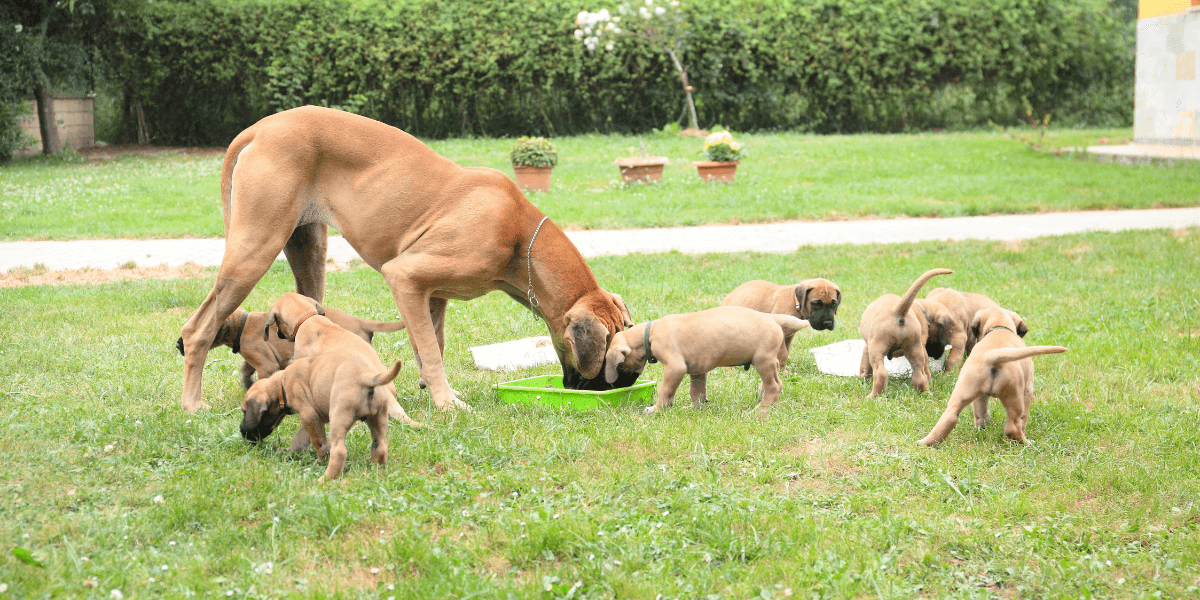Introduction
Great Dane Training is key to ensuring they are well-behaved.
- Great Danes are known for their impressive size and gentle nature
- This guide provides practical tips and tricks for training your Great Dane
1. Understanding Your Great Dane

- Breed Characteristics: Great Danes are large and powerful, with a calm demeanor
- Social Needs: They thrive on human interaction and need early socialization
- Exercise Requirements: Regular exercise is essential for their physical and mental health
- Training Challenges: Their size can make training more challenging but manageable
- Communication Style: Use clear, consistent commands and positive reinforcement
- Health Considerations: Regular vet check-ups ensure they are fit for training activities
2. Basic Obedience Great Dane Training

- Start Early: Begin training as a puppy to establish good habits
- Consistency is Key: Use the same commands and rules consistently
- Positive Reinforcement: Reward good behavior with treats and praise
- Short Sessions: Keep training sessions brief to maintain their attention
- Patience: Be patient and avoid punishment; focus on positive guidance
- Practice Commands: Reinforce commands like sit, stay, and come regularly
3. Socialization Techniques

- Expose Gradually: Introduce them to various people, pets, and environments
- Positive Experiences: Ensure all interactions are positive to build confidence
- Puppy Classes: Enroll in socialization classes for structured exposure.
- Controlled Outings: Take them on controlled outings to experience new situations
- Play Dates: Arrange playdates with other friendly dogs to enhance social skills
- Monitor Behavior: Watch for signs of anxiety or aggression and address them promptly
4. Advanced Great Dane Training and Commands

Advanced training techniques shapes Great Danes into confident, obedient companions.
- Leash Training: Teach them to walk calmly on a leash without pulling
- Recall Training: Practice reliable recall commands in various environments
- Advanced Tricks: Train them to perform tricks like roll over or play dead
- Problem-solving: Address specific behavioral issues with targeted training
- Training Tools: Use tools like clickers or harnesses to aid in training
- Professional Help: Consider hiring a professional trainer for advanced issues
Discover essential training tips for Great Danes to ensure a well-behaved and happy companion.
5. Dealing with Behavioral Issues

Early attention to behavioral issues is key to raising a well-behaved Great Dane.
- Separation Anxiety: Gradually increase time alone to build their confidence
- Barking: Address excessive barking with training and environmental enrichment
- Aggression: Seek professional help if aggressive behavior occurs
- Jumping: Teach them to greet people calmly without jumping
- Destructive Chewing: Provide chew toys and supervise them to prevent destruction
- Resource Guarding: Use positive reinforcement to address any guarding behavior
Learn how to manage and resolve common Great Dane behavioral issues in this comprehensive guide.
6. Exercise and Mental Stimulation

- Daily Walks: Ensure they get at least 30 minutes of exercise daily
- Interactive Toys: Use puzzle toys to keep their mind engaged
- Playtime: Incorporate playtime with fetch or tug-of-war
- Training Games: Turn training into fun games to keep them motivated
- Variety: Change up their routine to keep them interested and stimulated
- Group Activities: Engage in group activities like dog sports or agility
Regular exercise and mental stimulation are essential for preventing and managing hip dysplasia in Great Danes.
7. Health and Wellness

Understanding common health conditions is essential for maintaining your Great Dane's well-being.
- Regular Vet Visits: Schedule regular check-ups to monitor their health
- Balanced Diet: Feed a high-quality diet suitable for their age and size
- Grooming: Regular grooming keeps their coat and skin healthy
- Exercise Needs: Tailor their exercise routine to their health and fitness level
- Weight Management: Monitor their weight to avoid obesity-related issues
- Dental Care: Practice good dental hygiene with brushing and dental chews
For insights on Great Dane health, read "Great Dane Health Guide - Common Conditions".
FAQs
1. How early should I start Great Dane training?
- Start training as early as possible, ideally during puppyhood
2. What are the best rewards for training?
- Nutritious treats, praise, and play are effective rewards
3. How do I handle a Great Dane's size during training?
- Use clear commands and consistent reinforcement, to ensure safety
4. How can I socialize with my Great Dane properly?
- Gradually introduce them to new experiences and ensure positive interactions
5. What should I do if my Great Dane shows aggression?
- Seek professional help if aggression is present
6. How much exercise does a Great Dane need?
- They need at least 30 minutes of exercise daily
7. What are common training challenges for Great Danes?
- Size and strength can make training more challenging
Conclusion
- Training your Great Dane requires patience, consistency, and a positive approach
- By following these tips and tricks, you can raise a well-behaved gentle giant
- Start implementing these strategies today to enjoy a well-trained companion
- Share your training successes and challenges in the comments below!




